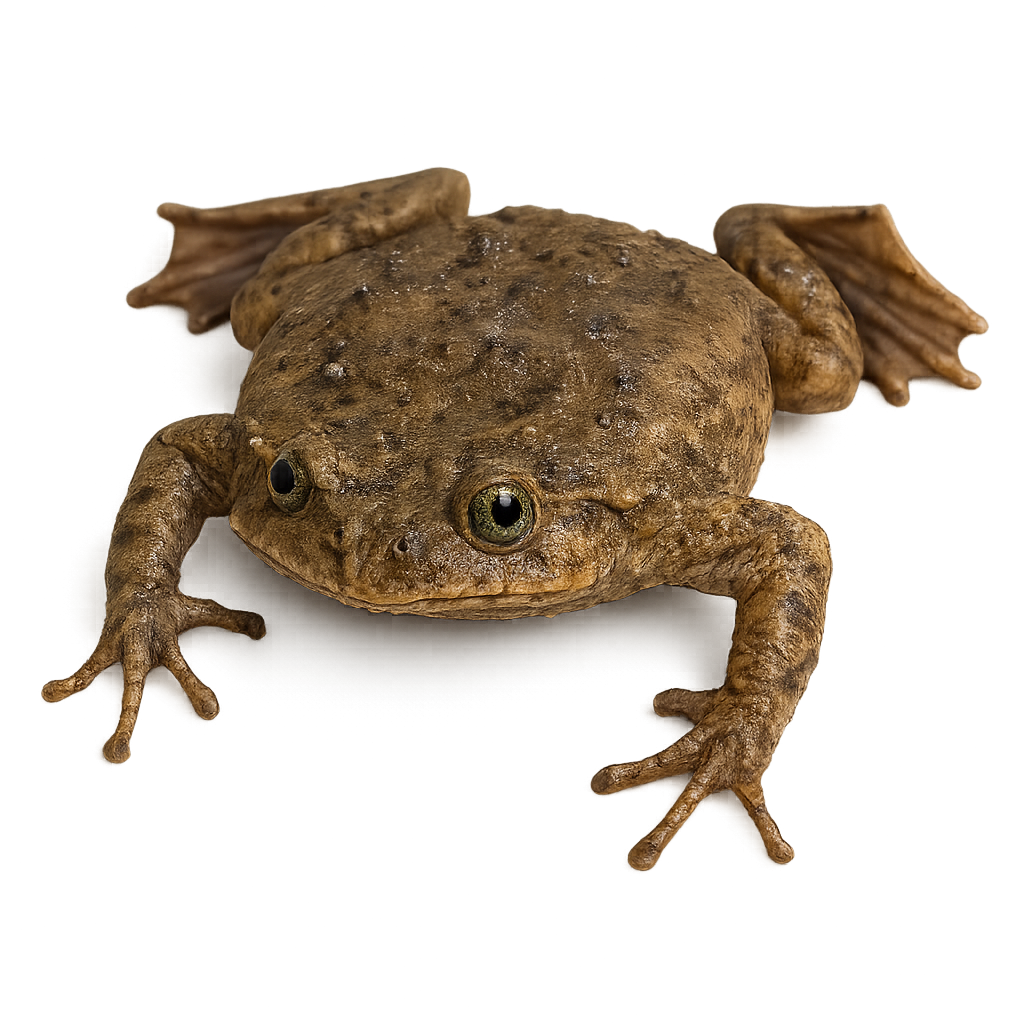Your wildlife photography guide.
Explore the couatl's suriname toad in detail, study its behavior, prepare your shots.
Where to observe and photograph the couatl's suriname toad in the wild
Learn where and when to spot the couatl's suriname toad in the wild, how to identify the species based on distinctive features, and what natural environments it inhabits. The WildlifePhotographer app offers tailored photography tips that reflect the couatl's suriname toad’s behavior, helping you capture better wildlife images. Explore the full species profile for key information including description, habitat, active periods, and approach techniques.
Couatl's Suriname toad
Scientific name: Pipa pipa

IUCN Status: Least Concern
Family: BUFOIDAE
Group: Amphibians
Sensitivity to human approach: Somewhat shy
Minimum approach distance: 5 m
Reproduction period: November to February
Incubation: 40-50 jours
Births: November to February
Habitat:
Slow-moving waters, swamps, humid tropical forests
Activity period :
Mainly active at night, generally discreet during the day.
Identification and description:
The Suriname Toad is a fascinating amphibian species, known for its unique appearance and extraordinary reproductive behavior. This flat and wide toad is often called the 'birthing toad' because of the way it carries its eggs on its back, where the tadpoles develop until they are ready to hatch. It primarily lives in slow-moving waters and swamps in the tropical forests of South America, particularly in Colombia, Venezuela, Suriname, and Guyana. Its flat body allows it to hide easily in aquatic substrate, and it is primarily nocturnal. Its skin is a brownish-green, and its appearance allows it to blend perfectly into its aquatic environment.
Recommended lens:
Macro – adjust based on distance, desired framing (portrait or habitat), and approach conditions.
Photography tips:
Photograph the Suriname Toad in its aquatic environment using soft lighting to avoid disturbing its nocturnal behavior. Use a macro lens to capture the details of its rough skin and back, where the eggs are visible. Be discreet and avoid disturbing the animal, photographing from a respectful distance. Capture its unique reproductive behavior, where the tadpoles are visible on its back.
The WildlifePhotographer App is coming soon!
Be the first to explore the best nature spots, track rutting seasons, log your observations, and observe more wildlife.
Already 1 439 wildlife lovers subscribed worldwide

